GROUPER AT A CLEANING STATION: PICTURE PERFECT BAHAMAS (5)
This black grouper (‘Arnold’) is at a so-called CLEANING STATION, being groomed by gobies. The process is an example of species symbiosis known as MUTUALISM. This is a transaction between individuals of two species that is mutually beneficial. Here, the primary creature pauses at a locally familiar cleaning station and allows itself to be expertly cleaned by tiny fishes such as gobies and wrasses to remove parasites, dead skin and so forth. This nurture even includes, as here, inside the mouth and gills. The gobies benefit by feeding on the proceeds of their endeavours removed from the host (or ‘client’ as one might say). And of course, in return for their favours a collateral benefit is that they can feed freely without being eaten by a potential predator.
Credit: Melinda Riger / Grand Bahama Scuba







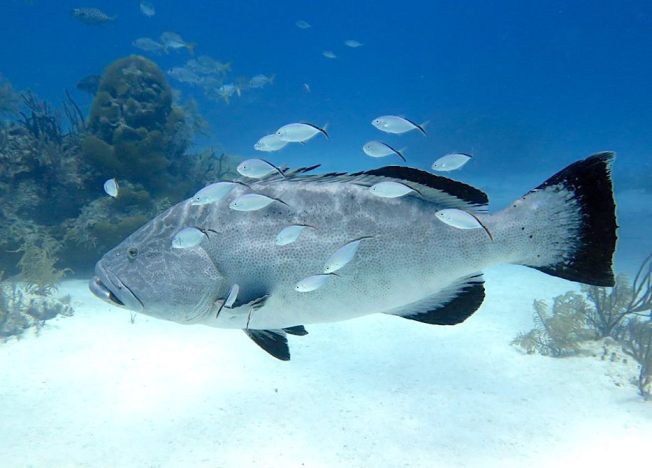
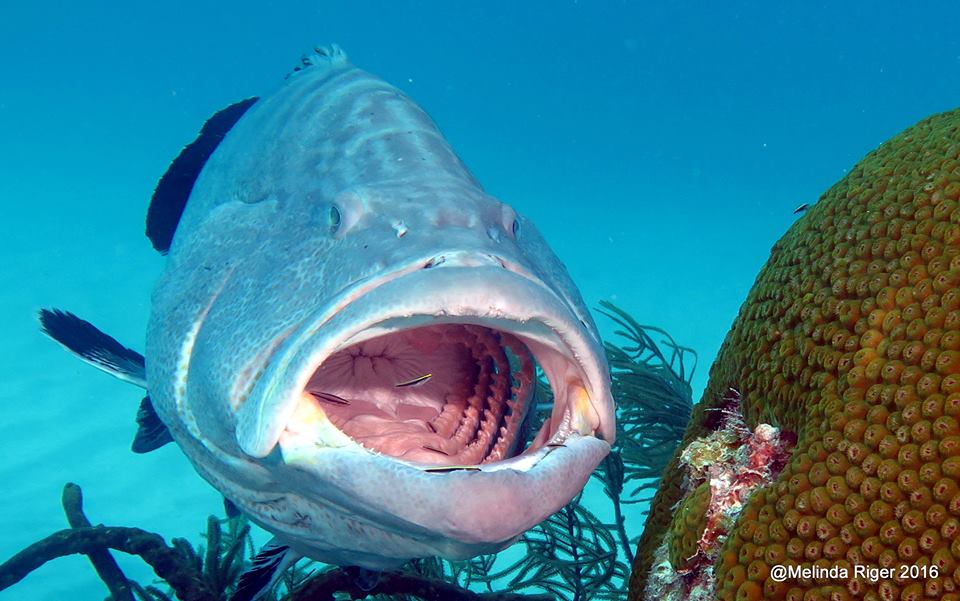
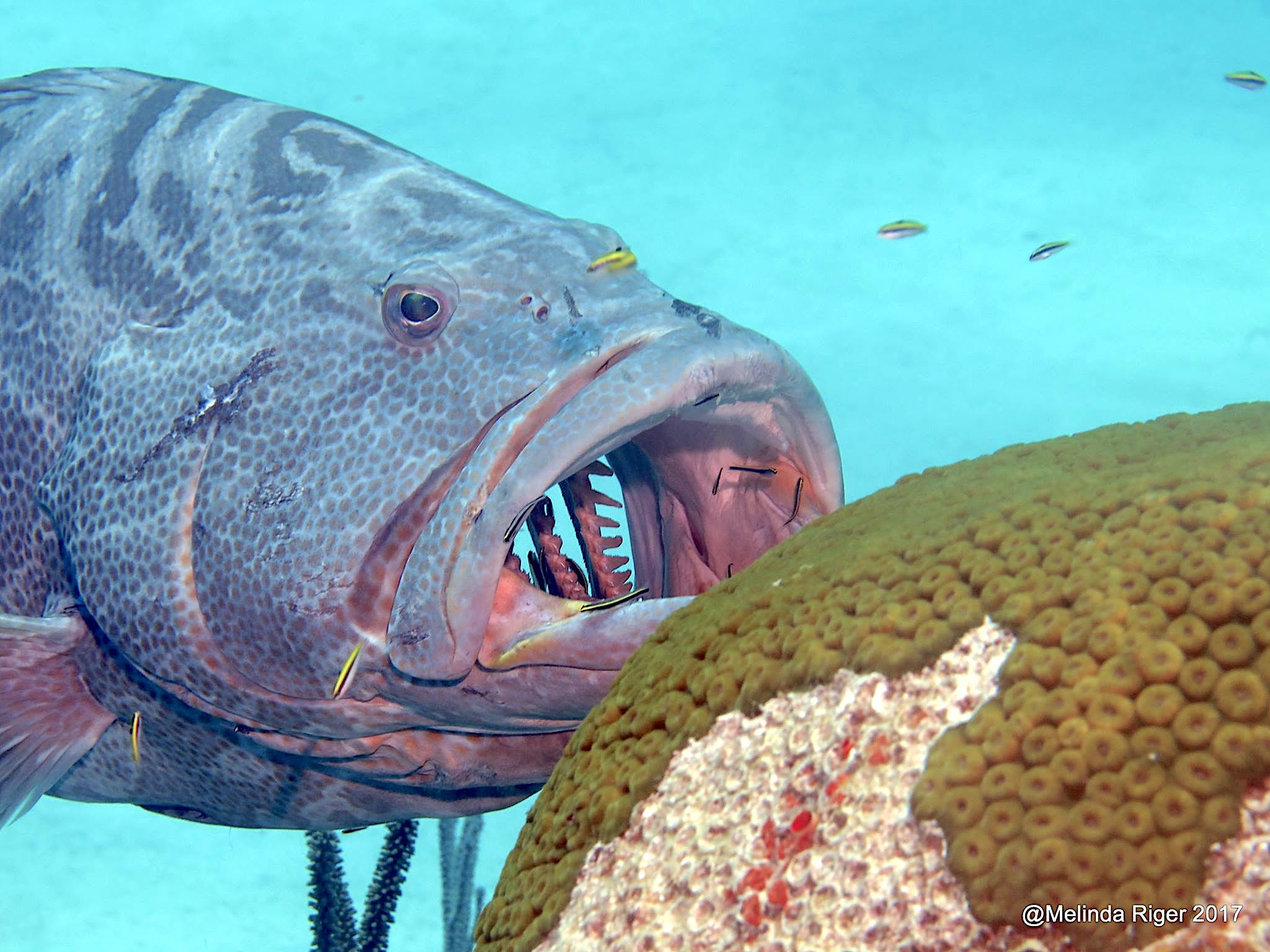




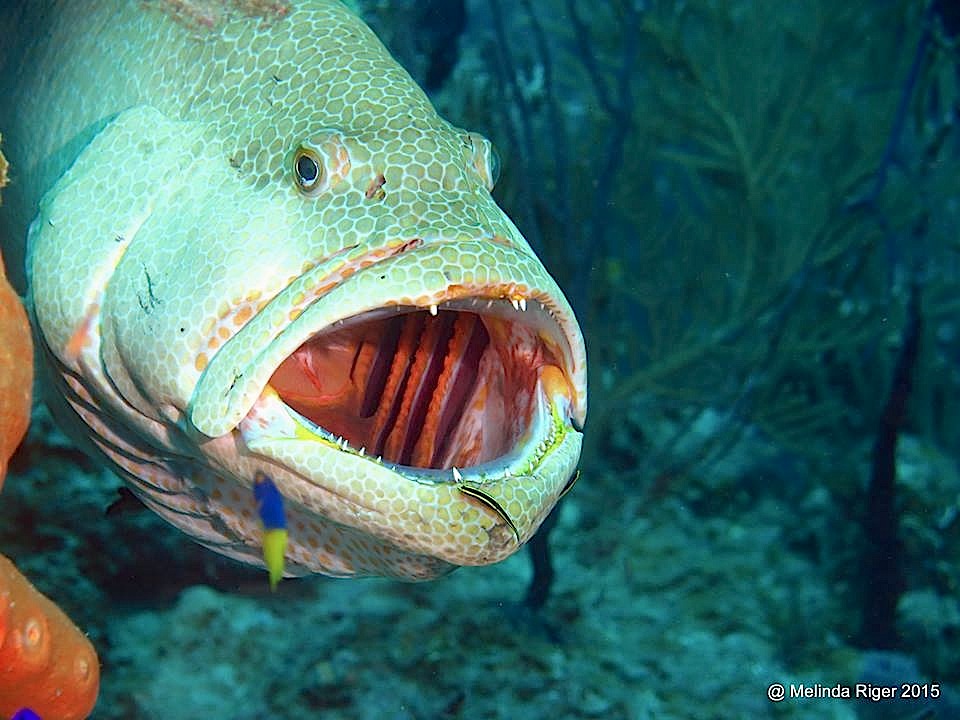
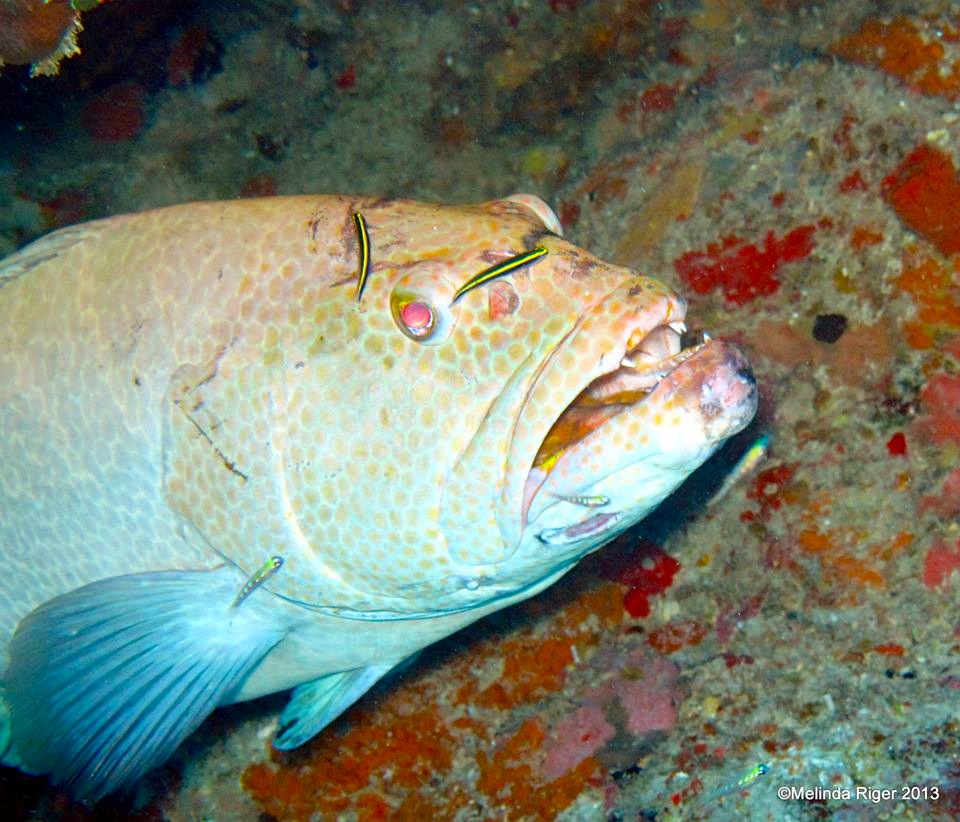



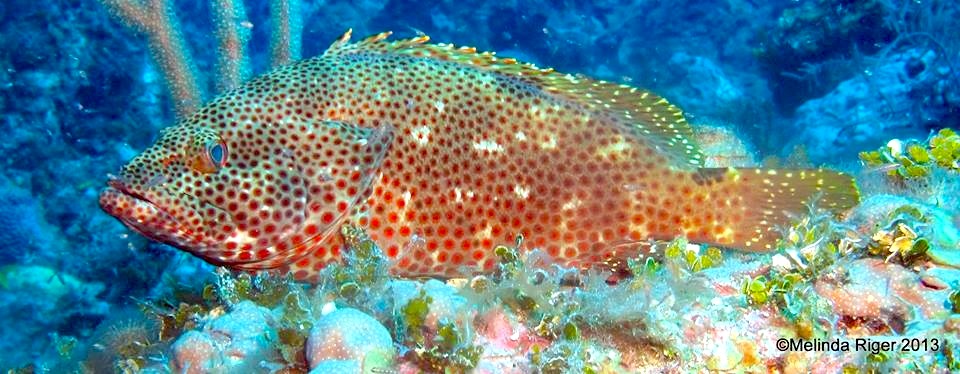
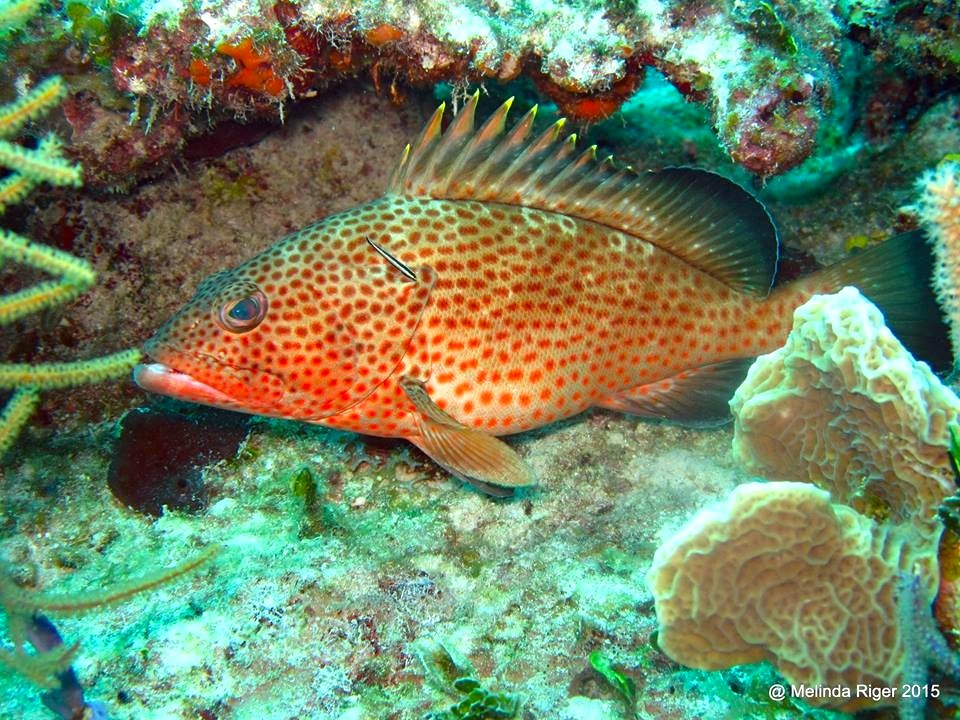

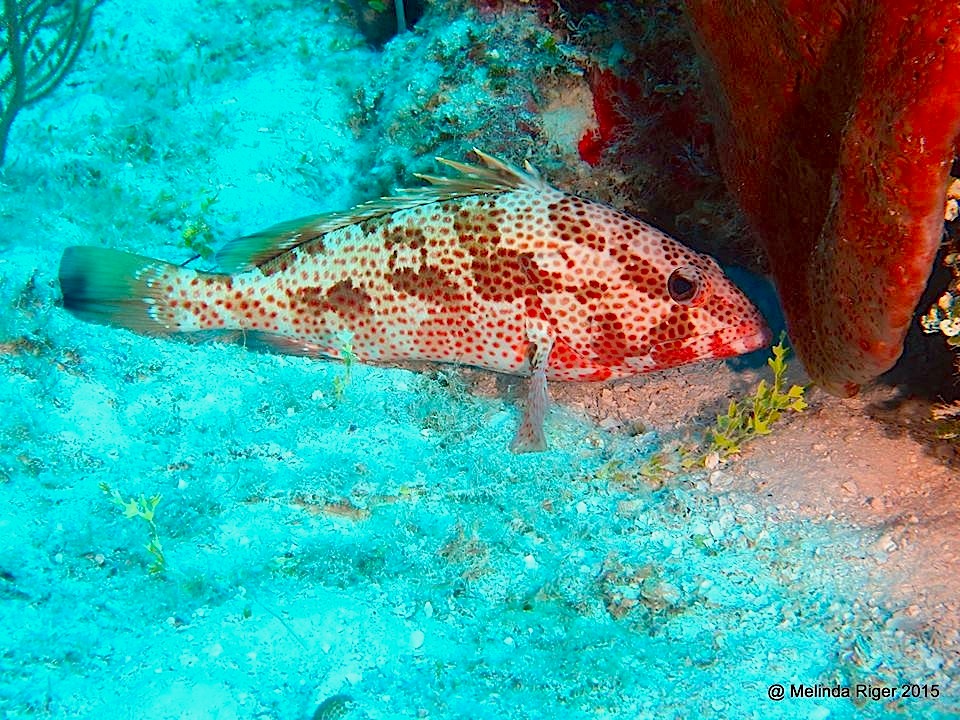








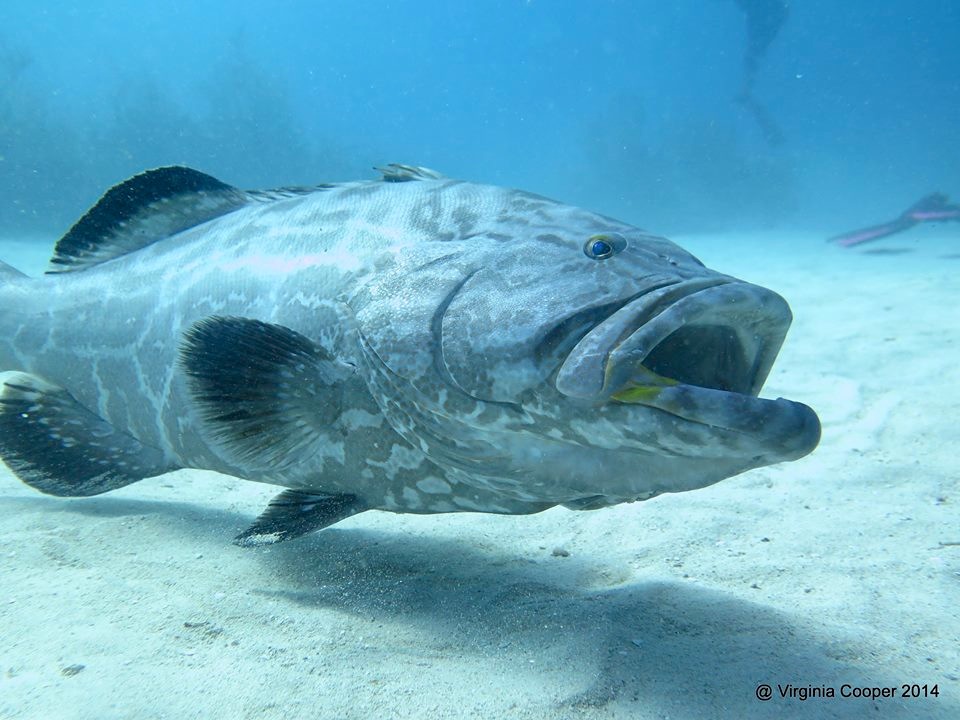


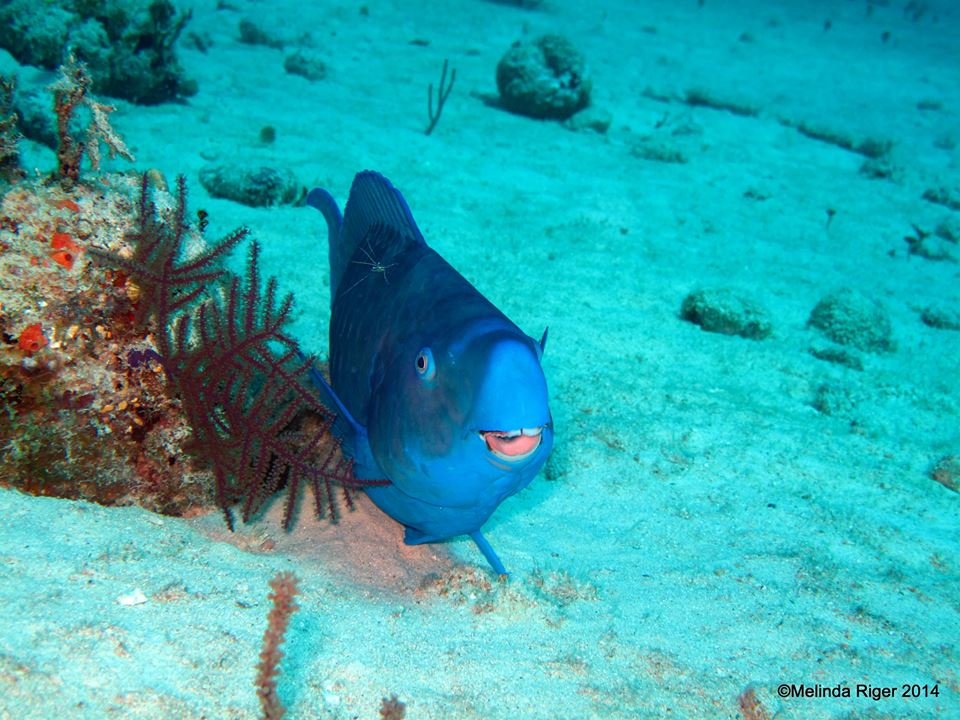
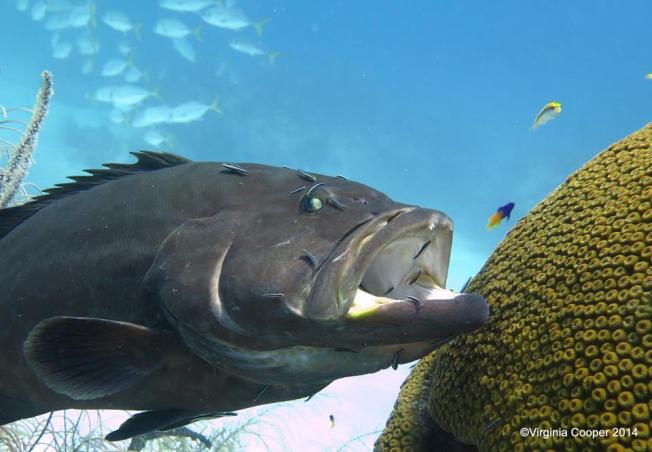




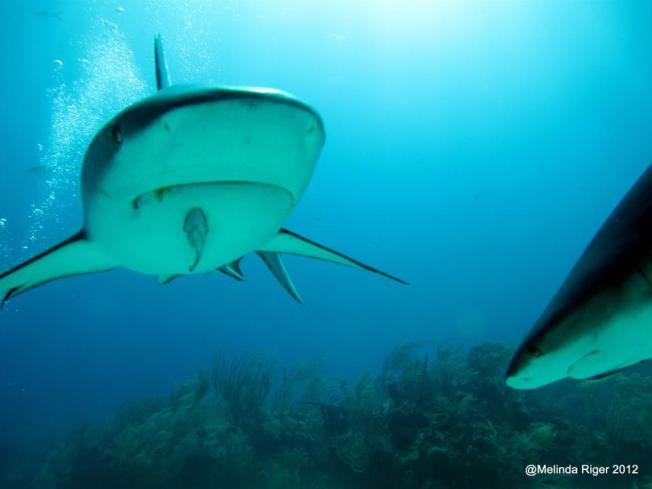
You must be logged in to post a comment.